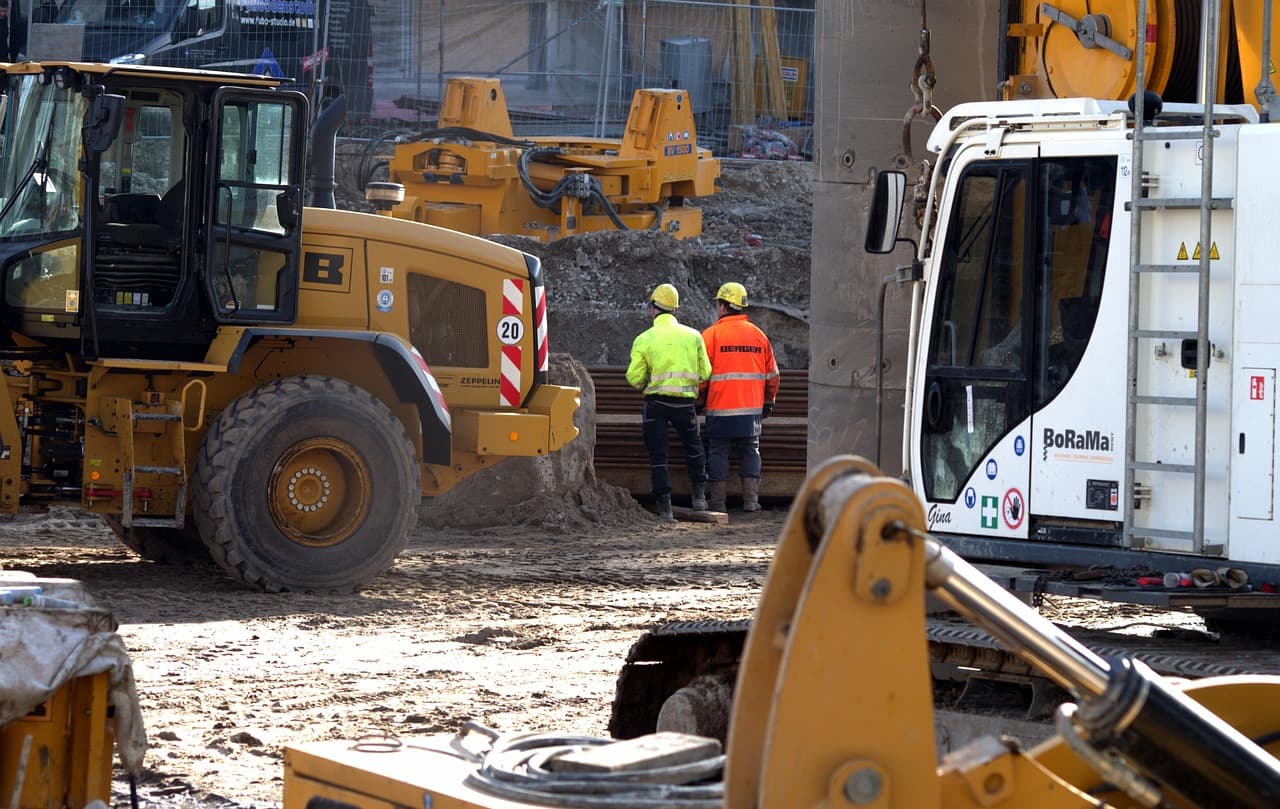工事(こうじ)
工事 refers to the actual work or construction process that is happening on-site. It often appears in daily life when something is being repaired or built.
・駅前(えきまえ)で工事(こうじ)をしています。
(They are doing construction in front of the station.)
・家(いえ)の屋根(やね)を直(なお)す工事(こうじ)をしました。
(They did construction work to fix the roof.)
・道(みち)の工事(こうじ)で車(くるま)が通(とお)れません。
(Cars cannot pass because of road construction.)
→工事 means “currently under work” and is also natural in everyday speech as 「工事する」.
建築(けんちく)
建築 means building a structure, especially houses or buildings. It also has an academic or artistic nuance.
・新(あたら)しい家(いえ)を建築(けんちく)しました。
(A new house was built.)
・有名(ゆうめい)な建築家(けんちくか)がこの学校(がっこう)を建築(けんちく)しました。
(A famous architect built this school.)
・彼(かれ)は大学(だいがく)で建築(けんちく)を勉強(べんきょう)しています。
(He is studying architecture at university.)
→建築 focuses on the building itself and the design or academic side.
建設(けんせつ)
建設 is used for large-scale projects or public infrastructure. It often refers to things built by governments or companies.
・大(おお)きな橋(はし)を建設(けんせつ)しています。
(They are constructing a big bridge.)
・ダムが建設(けんせつ)されました。
(A dam was constructed.)
・市(し)は新(あたら)しい駅(えき)を建設(けんせつ)しています。
(The city is constructing a new station.)
→ 建設 emphasizes large, industrial or public projects such as dams, highways, and airports.
Natural vs. Unnatural Examples
・駅前(えきまえ)で道路(どうろ)の建築(けんちく)をしています。
(It is unnatural to say “building the road” with 建築.)
→ 駅前(えきまえ)で道路(どうろ)の工事(こうじ)をしています。
(They are doing road construction in front of the station.)
・このダムは10年(ねん)かけて建築(けんちく)されました。
(Dams are not described with 建築.)
→ このダムは10年(ねん)かけて建設(けんせつ)されました。
(This dam was constructed over ten years.)
・外壁(がいへき)を直(なお)す建設(けんせつ)をしました。
(Building repairs are not 建設.)
→ 外壁(がいへき)を直(なお)す工事(こうじ)をしました。
(They did construction work to fix the wall.)
・家(いえ)を建設(けんせつ)する。
(Possible, but too formal for everyday speech.)
→ 家(いえ)を建築(けんちく)する。 / 家(いえ)を建(た)てる。
(More natural: “build a house.”)
Borderline Case: Stadium
For something like a new stadium, the word changes depending on the viewpoint.
・In government or news → スタジアムを建設(けんせつ)する。
(“Construct a stadium” as a public project.)
・In design or architecture → スタジアムを建築(けんちく)する。
(“Build/design a stadium.”)
・On the worksite → スタジアム工事(こうじ)をする。
(“Do stadium construction work.”)
→ The choice depends on whether the focus is on the project, the design, or the on-site work.
Fun Facts
・Signs that say 「工事中(こうじちゅう)」(Under construction) are very common, but signs saying 「建築中(けんちくちゅう)」 are rare.
・Japanese universities have departments of architecture (建築学部), but there is no “faculty of construction” (建設学部). Instead, you might see “Department of Construction Engineering” (建設工学科).
Related Words
・施工(しこう) = The actual act of carrying out construction. Example: 施工管理 (construction management).
・設計(せっけい) = Making designs and plans, such as drawing blueprints.
・造営(ぞうえい) = An old-fashioned word often used for temples and palaces.
・営繕(えいぜん) = Repairing and maintaining buildings.
・普請(ふしん) = An old Edo-period word for construction. Example: 普請中 (under construction).
Summary
・工事(こうじ) = On-site work itself. Used for roads, repairs, and visible work.
・建築(けんちく) = Building structures such as houses or schools, often with academic or design nuance.
・建設(けんせつ) = Large-scale construction such as bridges, dams, or stations.
Although they all mean “to build,” the natural choice depends on the scale and viewpoint. Learners should remember: 工事 for work, 建築 for buildings, 建設 for large-scale projects.
